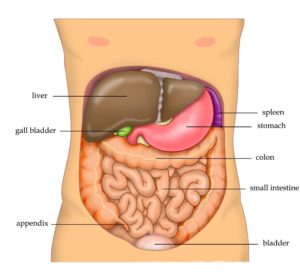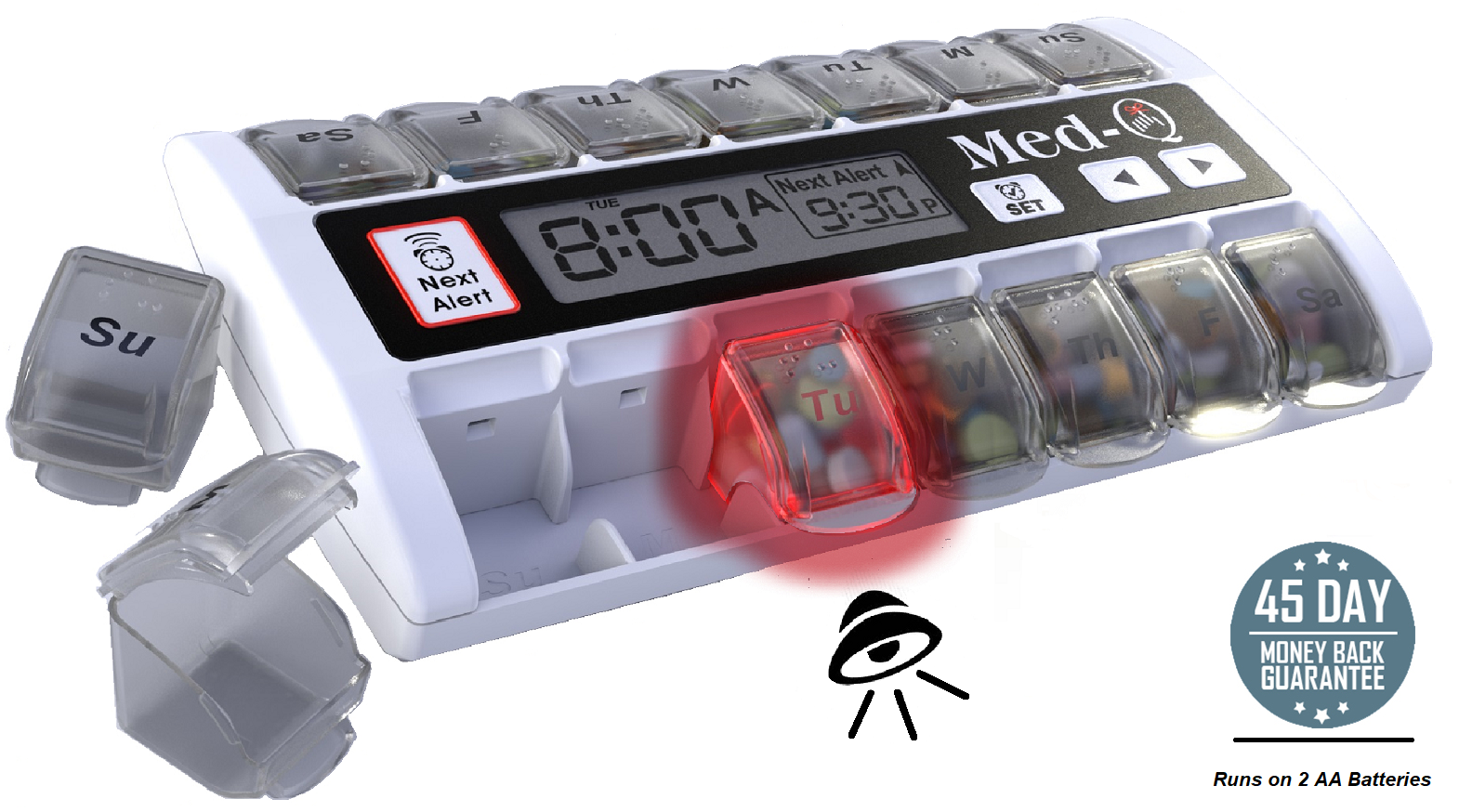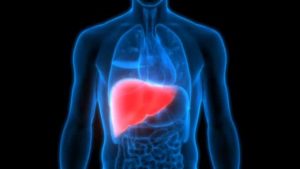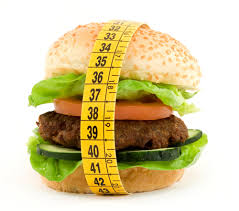[fusion_builder_container hundred_percent=”no” hundred_percent_height=”no” hundred_percent_height_scroll=”no” hundred_percent_height_center_content=”yes” equal_height_columns=”no” menu_anchor=”” hide_on_mobile=”small-visibility,medium-visibility,large-visibility” status=”published” publish_date=”” class=”” id=”” border_size=”” border_color=”” border_style=”solid” margin_top=”” margin_bottom=”” padding_top=”” padding_right=”” padding_bottom=”” padding_left=”” gradient_start_color=”” gradient_end_color=”” gradient_start_position=”0″ gradient_end_position=”100″ gradient_type=”linear” radial_direction=”center” linear_angle=”180″ background_color=”” background_image=”” background_position=”center center” background_repeat=”no-repeat” fade=”no” background_parallax=”none” enable_mobile=”no” parallax_speed=”0.3″ background_blend_mode=”none” video_mp4=”” video_webm=”” video_ogv=”” video_url=”” video_aspect_ratio=”16:9″ video_loop=”yes” video_mute=”yes” video_preview_image=”” filter_hue=”0″ filter_saturation=”100″ filter_brightness=”100″ filter_contrast=”100″ filter_invert=”0″ filter_sepia=”0″ filter_opacity=”100″ filter_blur=”0″ filter_hue_hover=”0″ filter_saturation_hover=”100″ filter_brightness_hover=”100″ filter_contrast_hover=”100″ filter_invert_hover=”0″ filter_sepia_hover=”0″ filter_opacity_hover=”100″ filter_blur_hover=”0″][fusion_builder_row][fusion_builder_column type=”1_1″ layout=”1_1″ spacing=”” center_content=”no” link=”” target=”_self” min_height=”” hide_on_mobile=”small-visibility,medium-visibility,large-visibility” class=”” id=”” hover_type=”none” border_size=”0″ border_color=”” border_style=”solid” border_position=”all” border_radius=”” box_shadow=”no” dimension_box_shadow=”” box_shadow_blur=”0″ box_shadow_spread=”0″ box_shadow_color=”” box_shadow_style=”” padding_top=”” padding_right=”” padding_bottom=”” padding_left=”” margin_top=”” margin_bottom=”” background_type=”single” gradient_start_color=”” gradient_end_color=”” gradient_start_position=”0″ gradient_end_position=”100″ gradient_type=”linear” radial_direction=”center” linear_angle=”180″ background_color=”” background_image=”” background_image_id=”” background_position=”left top” background_repeat=”no-repeat” background_blend_mode=”none” animation_type=”” animation_direction=”left” animation_speed=”0.3″ animation_offset=”” filter_type=”regular” filter_hue=”0″ filter_saturation=”100″ filter_brightness=”100″ filter_contrast=”100″ filter_invert=”0″ filter_sepia=”0″ filter_opacity=”100″ filter_blur=”0″ filter_hue_hover=”0″ filter_saturation_hover=”100″ filter_brightness_hover=”100″ filter_contrast_hover=”100″ filter_invert_hover=”0″ filter_sepia_hover=”0″ filter_opacity_hover=”100″ filter_blur_hover=”0″ last=”no”][fusion_text columns=”” column_min_width=”” column_spacing=”” rule_style=”default” rule_size=”” rule_color=”” hide_on_mobile=”small-visibility,medium-visibility,large-visibility” class=”” id=”” animation_type=”” animation_direction=”left” animation_speed=”0.3″ animation_offset=””]
What are the early Signs of Fatty Liver Disease
 What is fatty liver disease? The most common liver disease is called, “nonalcoholic fatty liver disease (NAFLD)”. Hence. the fat accumulates in the individual liver cells. Thus, taking 6-11% of the liver. This was reported by the American College of Gastroenterology. The typical Fatty Liver Disease is from drinking too much alcohol.
What is fatty liver disease? The most common liver disease is called, “nonalcoholic fatty liver disease (NAFLD)”. Hence. the fat accumulates in the individual liver cells. Thus, taking 6-11% of the liver. This was reported by the American College of Gastroenterology. The typical Fatty Liver Disease is from drinking too much alcohol.
Non-alcoholic fatty liver disease (NAFLD) is a very common disorder and refers to a group of conditions where there is accumulation of excess fat in the liver of people who drink little or no alcohol. The most common form of NAFLD is a non serious condition called fatty liver.
However, those with NAFLD may be alcohol free. Again. over 90 million people in the U.S. have the disease., To sum up, it is the umber 1 cause of chronic liver disease in the world. Though it causes no permanent damage, NAFLD can progress to nonalcoholic steatohepatitis (NASH), which can result in cirrhosis (irreversible scarring of the liver) or liver cancer.
Sponsored by Med-Q Medication Compliance System

[/fusion_text][fusion_text columns=”” column_min_width=”” column_spacing=”” rule_style=”default” rule_size=”” rule_color=”” hide_on_mobile=”small-visibility,medium-visibility,large-visibility” class=”” id=”” animation_type=”” animation_direction=”left” animation_speed=”0.3″ animation_offset=””]
NAFLD is an asymptomatic illness
Fatty Liver disease comes from several different factors. An asymptomatic illness means no physical symptoms until it’s too late. However, be sure to talk with your health care professional if you have any concerns. A variety of factors will be used to help to diagnose the condition. For example, blood tests, liver ultrasound. In addition, in more extreme cases, a liver biopsy. Make sure you are not doing things to yourself that are harming the liver.
Storing excess fat around the belly can lead to Fatty Liver disease
Those that are overweight have a much bigger risk of NAFLD. For example, obesity in the U.S. is on the rise. For example, a full third of american Adults. Loomba tells us, “the threat is worse than ever.” Loomba says that visceral fat (the kind stored in the stomach), is a big huge risk factor. “As the body mass index goes up and people go from a BMI of 30-35 or up to 41. For example, prevalence of nonalcoholic fatty liver disease starts to rise. Finally visceral fat correlates well with liver fat especially in grown ups.
[/fusion_text][fusion_text columns=”” column_min_width=”” column_spacing=”” rule_style=”default” rule_size=”” rule_color=”” hide_on_mobile=”small-visibility,medium-visibility,large-visibility” class=”” id=”” animation_type=”” animation_direction=”left” animation_speed=”0.3″ animation_offset=””]
Have you become a a binge eater
An early fatty liver symptoms is the start of kinds of binge eating. For example, feeling hungry all the time or having an intense craving for high sugar foods and drinks. Hence, adding fat that is already fatty liver. People must be be cognizant of what is being eaten. Like the old saying:
We are what we eat
Rohit Loomba, MD, director of the NAFLD Research Center at the University of California at San Diego, says:
“And if we consume excess calories, especially calories that are sugar-rich or carbohydrate-rich, over a long period of time, it will have negative consequences.”
Loomba tells us to keep a food log. The log needs to show what is being eaten each day. Hence, track sugar and fat intake. This helps to see if eating habits need adjustment.

Having elevated/ high cholesterol
High blood fat levels, either triglycerides or LDL (“bad”) cholesterol, can signal that there’s too much fat in your liver. “The cholesterol that we measure in the blood is predominantly a product of what is coming out of the liver,” Dr. Loomba explains. The liver makes cholesterol on its own and circulates it into your bloodstream, but when we eat foods high in saturated and trans fats, it releases more fat and raises cholesterol levels. Have your doctor check your cholesterol levels often to make sure they’re not one of the fatty liver signs that you need to watch out for. Here are 9 easy habits that can reduce your liver disease risk.
There has been a diagnosis of type 2 diabetes
If you have diabetes, Med-Q Medication Compliance System recommends a test for for NAFLD . Hence, make the test a top medical priority. In a 2017 study, researchers tested 200 type 2 diabetics . Also, all 200 had no other fatty liver symptoms. All of them got a liver MRI. The results showed that 65 percent of the participants had Fatty Liver Diseazse. Furthermore, all 200 didn’t even know they had a fatty liver
[/fusion_text][fusion_text columns=”” column_min_width=”” column_spacing=”” rule_style=”default” rule_size=”” rule_color=”” hide_on_mobile=”small-visibility,medium-visibility,large-visibility” class=”” id=”” animation_type=”” animation_direction=”left” animation_speed=”0.3″ animation_offset=””]

[/fusion_text][/fusion_builder_column][/fusion_builder_row][/fusion_builder_container]



